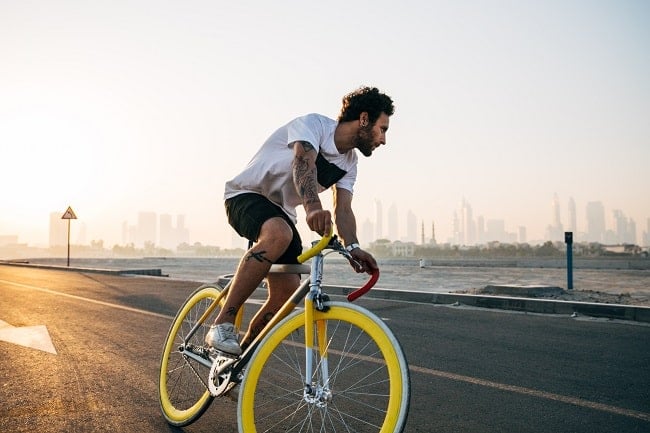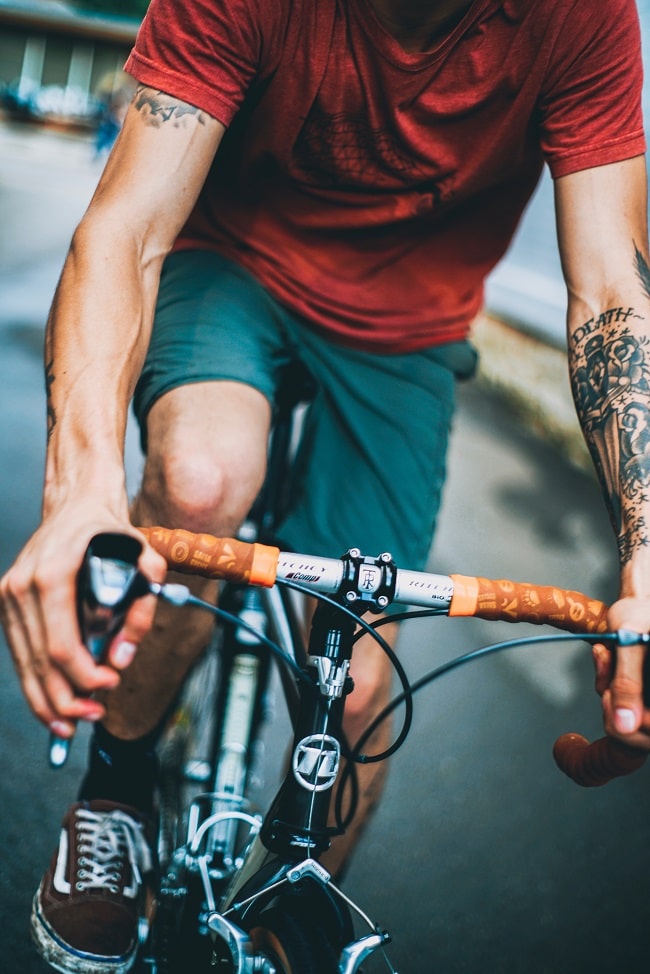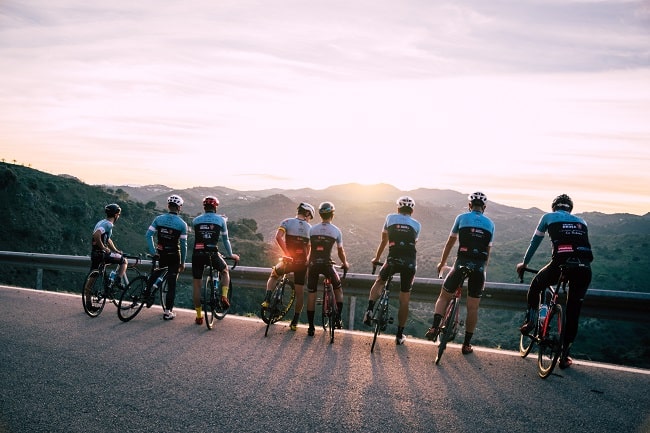1
HOME > Sports >
HOW TO CHOOSE THE RIGHT BICYCLE
Written by Menswear Style in Sports on the 16th April 2019

Have you been riding on that old bicycle for ages now? Well, it’s time to upgrade by purchasing a brand new one. However, choosing the best bike is not as simple as it seems. There’re lots of important factors you’ll need to put into consideration when choosing the perfect fit for you. To help you out, here we’ve put together a few things you’ll need to consider when choosing the right bicycle.
1. Know your type
Have you ever walked into a local store and asked by an assistant what you’re looking for? Well, you don’t have to just settle for any kind of cool bike. This is because there are lots of options out there to pick from depending on your needs. Some articles at thewinningbike.com can give you all the general information about the different types of bikes you’ll probably find at any typical bike store. That being said, here is a quick breakdown of different types of bikes; mountain bikes (rugged design and specifically meant for off-road and pavement use), road bikes (this speedy bike is perfect for pavement use), hybrid bikes (good for commuting and has features found in both mountain and road bikes, but not as fast or rugged as both), cruisers (just as the name suggests, these are casual bikes for cruising. You’ll find them in places such as boardwalks around the beach). All in all, the kind of bike you choose should mainly be determined by your needs.

2. The budget
The amount you pay will definitely determine the kind of bike you get. Moving forward, most low range bikes will cost you something between £80-£300, whereas mid-range bikes can cost between £300 and £1,000. Finally, high-end bikes which are normally made of light metals such as carbon and titanium can be a bit costly. However, don’t sacrifice on quality just to save a few bucks.
3. Know your terrain
What is the kind of terrain you’ll be biking on? In most cases, you’ll find mountain and road bikes mounted with gears or shifters. Therefore, if you’re living in a hilly terrain, then it’s best to go for one that can shift gears. On the other side, go for a fixed gear bike or a 'single speed' bike if you’re commuting on busy, flat streets. This type of of bike is good for those looking for minimal, fast bikes. Keep in mind that the majority can easily be converted to single speed.

4. Suspension and brakes
If you’re probably going to ride in a rugged terrain, your bike’s suspension is very important. For mountain bikes, consider one with at least a front or even full suspension. Full suspension will give you full control as well as increase traction. Also, front suspension will ensure that you enjoy a smooth ride by absorbing any impact. As for the brakes, there are different types to consider including: disc brakes (best for different weather conditions), rim brakes (simple and easy to maintain, although can wear out the rim and be less effective during wet or muddy weather conditions), coaster brakes (they’ll stop your bike when you pedal backwards. They’re ideal for kids, and may not be the best when biking downhill), drum brakes (integrated inside the wheel hub and requires low maintenance. It’s also weather-resistant. However, you might need to replace both the wheel and the hub in case it wears out).
5. Take a test ride
Pretty obvious, right? Taking a test ride is in fact the surest way of feeling how the bike fits for you before purchasing it. Make sure the handlebars and other components such as the shifters and brakes are easy to reach. Also, test the brakes and the gears before practising corner turns. This will tell you how comfortable it is with maneuverability. You’re going to pay some top-dollar for your bike, so insist on picking the right one. That aside, the kind of bike you settle for should mainly be determined by how you’re planning to use it. Simply keep in mind the aforementioned factors and you’ll be sure to get the best bike for you.
Trending
2
3
4
5
6
7
8
9
10









